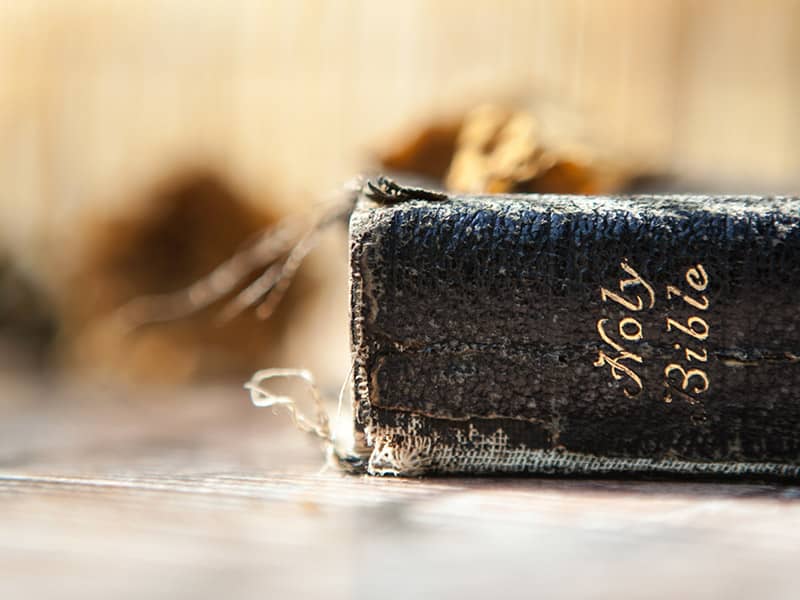The voting behavior of religious groups helps explain the close 2000 presidential election, a new survey reveals. Traditional voting patterns among major religious groups as well as increased polarization undergirded support for Bush and Gore.
The Bush vote came substantially from the more observant white Christians (Protestant and Catholic) and less observant Protestants. In contrast, Gore drew heavy support from minority faiths, secular voters, and less observant white Christians.
Bush drew strong support from white evangelical Protestants who attend worship regularly (i.e., are more observant), the prime constituency of the "religious right"; 84 percent of this group voted for the Republican candidate, a sharp increase over 1996.
Bush also drew strong support from Mormons (88 percent), more observant white mainline Protestants (66 percent), and more observant white Catholics (57 percent). In addition, the Republicans won a majority of less observant evangelicals (55 percent) and less observant mainline Protestants (57 percent). All these figures represent an increase over 1996.
More observant evangelicals supplied one-third of the Bush vote, and all evangelicals contributed two-fifths. Mainline Protestants and Roman Catholics each added one-fifth of the Bush vote. When combined, more observant white Christians (evangelical and mainline Protestants, plus Catholics) made up more than one-half of Bush's support, and less observant white Christians another one-quarter. Adherents of minority faiths and secular voters together supplied one-sixth.
Gore drew very strong support from black Protestants, with 96 percent. The Democrats also were heavily supported by Jews (77 percent), Hispanic Catholics (76 percent), Hispanic Protestants (67 percent), and secular voters (65 percent). Gore also won other Christian (72 percent) and other non-Christian (80 percent) groups. Most of these figures were comparable to 1996, but increased turnout benefitted the Democrats in many cases.
In addition, Gore won 59 percent of less observant white Catholics, an increase over 1996.
Black Protestants and seculars each accounted for about one-fifth of the Gore total, while Jews, Hispanics, and the other smaller groups together supplied one-sixth. Catholics supplied one-fifth of the Gore votes, while mainline and evangelical Protestants each provided one-seventh. Less observant white Christians together made up one-quarter of the Democratic total, while more observant white Christians accounted for one-fifth.
Votes for minor party candidates, such as Ralph Nader and Patrick Buchanan, were concentrated among the secular and less observant groups.

The survey was conducted at the University of Akron Survey Research Center for the Ethics and Public Policy Center and was supported by a grant from the Pew Charitable Trusts. A random sample of 2,363 adult Americans were interviewed in the spring of 2000 and then re-contacted after the November election. The study was directed by Dr. John Green of the University of Akron, Dr. Lyman Kellstedt of Wheaton College, Dr. Corwin Smidt of Calvin College, and Dr. James Guth of Furman University.

The Bush vote came substantially from the more observant white Christians (Protestant and Catholic) and less observant Protestants. In contrast, Gore drew heavy support from minority faiths, secular voters, and less observant white Christians.
Bush drew strong support from white evangelical Protestants who attend worship regularly (i.e., are more observant), the prime constituency of the "religious right"; 84 percent of this group voted for the Republican candidate, a sharp increase over 1996.
Bush also drew strong support from Mormons (88 percent), more observant white mainline Protestants (66 percent), and more observant white Catholics (57 percent). In addition, the Republicans won a majority of less observant evangelicals (55 percent) and less observant mainline Protestants (57 percent). All these figures represent an increase over 1996.
More observant evangelicals supplied one-third of the Bush vote, and all evangelicals contributed two-fifths. Mainline Protestants and Roman Catholics each added one-fifth of the Bush vote. When combined, more observant white Christians (evangelical and mainline Protestants, plus Catholics) made up more than one-half of Bush's support, and less observant white Christians another one-quarter. Adherents of minority faiths and secular voters together supplied one-sixth.
Gore drew very strong support from black Protestants, with 96 percent. The Democrats also were heavily supported by Jews (77 percent), Hispanic Catholics (76 percent), Hispanic Protestants (67 percent), and secular voters (65 percent). Gore also won other Christian (72 percent) and other non-Christian (80 percent) groups. Most of these figures were comparable to 1996, but increased turnout benefitted the Democrats in many cases.
In addition, Gore won 59 percent of less observant white Catholics, an increase over 1996.
Black Protestants and seculars each accounted for about one-fifth of the Gore total, while Jews, Hispanics, and the other smaller groups together supplied one-sixth. Catholics supplied one-fifth of the Gore votes, while mainline and evangelical Protestants each provided one-seventh. Less observant white Christians together made up one-quarter of the Democratic total, while more observant white Christians accounted for one-fifth.
Votes for minor party candidates, such as Ralph Nader and Patrick Buchanan, were concentrated among the secular and less observant groups.

The survey was conducted at the University of Akron Survey Research Center for the Ethics and Public Policy Center and was supported by a grant from the Pew Charitable Trusts. A random sample of 2,363 adult Americans were interviewed in the spring of 2000 and then re-contacted after the November election. The study was directed by Dr. John Green of the University of Akron, Dr. Lyman Kellstedt of Wheaton College, Dr. Corwin Smidt of Calvin College, and Dr. James Guth of Furman University.


